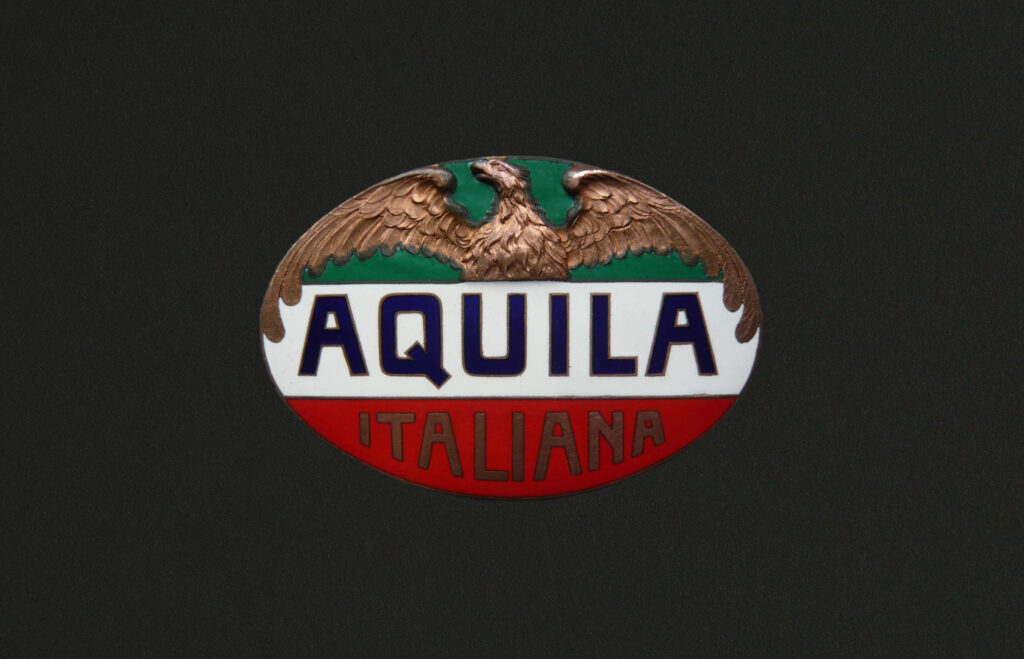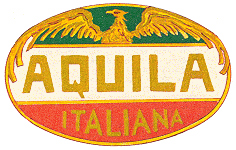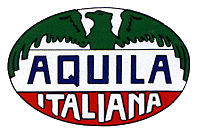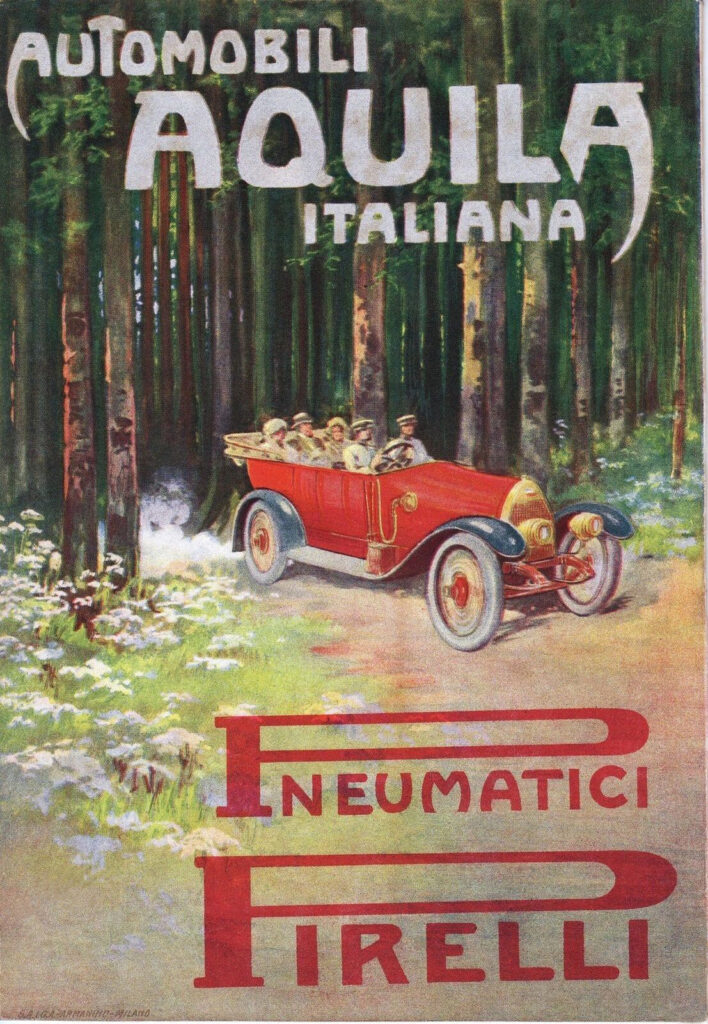Cappa, a young engineer, was already studying overhead valves and aluminium pistons, and when their first car appeared at the Turin Motorshow in 1906 it included many advanced features.

Despite receiving a good reception, the sudden death of Parravicini in 1907 (before they had built a single production car) threw the company into financial problems. These were only resolved when in 1909 when one of the banks which had put the company into receivership paid off all their debts and gave the company a new chance. The son of the owner of the bank, a certain Giovanni Marsaglia, was interested in cars, as well as being a racing driver, and became involved with the company.
In that year there began the production of three cars, two with four-cylinder engines and one with a six-cylinder unit. In 1912/13 another three cars entered the range. All of these cars, from the first to the last, was developed by Cappa, with an ever increasing number of technical innovations including overhead valves, tubular conrods, spherical-bearing mounted crankshaft, aluminium pistons and more. The cars proved very popular, and also obtained numerous successes in motorsport in the years 1910-1914, including the Targa Florio, the Parma-Poggio di Bercento, Mont Ventoux, the Giro di Francia and others.
The first world was, however, saw production shift to commercial vehicles for the military and aircraft engines. In 1916 Cappa left to go to Fiat, in 1917 the bankers son died testing a new aeroplane and in 1917 the company was absorbed by SPA. Total production was around 1,500 cars from 1909 to 1917.
(text source: Cars From Italy).


